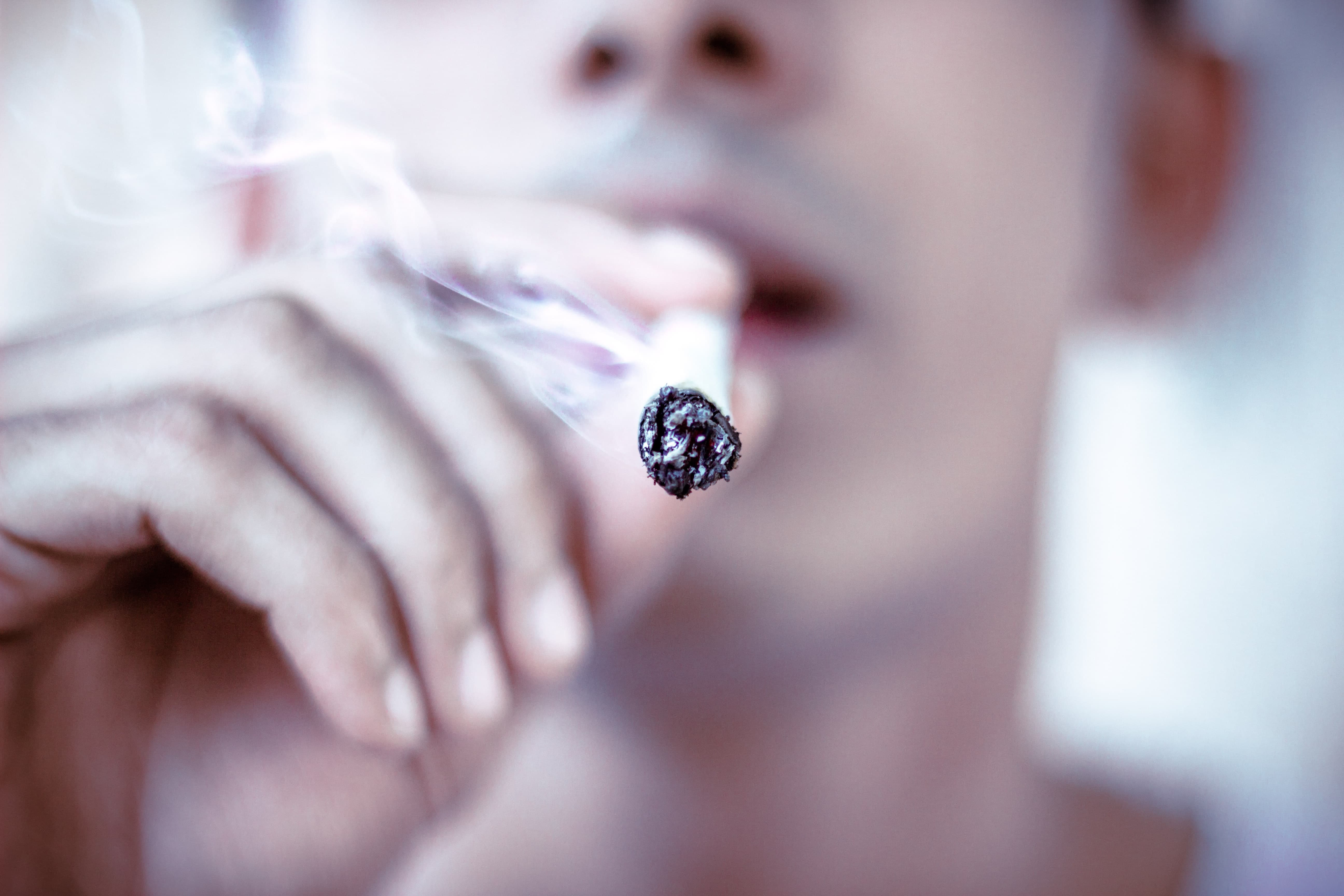 If you are a parent of a child who struggles with substance abuse, this article will help you understand what addiction is. You will also discover some techniques from behavior modification therapy that you can try at home with your troubled teen struggling with substance abuse.
Because substance abuse is complex and life-threatening, please seek the help of clinically-licensed mental health professionals. At Liahona Treatment Center, a residential treatment center for troubled boys, we have an entire team of mental health practitioners, teachers, and other qualified staff to help teens who struggle with substance abuse. Reach out to us today so that we can help you and your family.
If you are a parent of a child who struggles with substance abuse, this article will help you understand what addiction is. You will also discover some techniques from behavior modification therapy that you can try at home with your troubled teen struggling with substance abuse.
Because substance abuse is complex and life-threatening, please seek the help of clinically-licensed mental health professionals. At Liahona Treatment Center, a residential treatment center for troubled boys, we have an entire team of mental health practitioners, teachers, and other qualified staff to help teens who struggle with substance abuse. Reach out to us today so that we can help you and your family.
Defining addiction to substances
Before learning about the substances a teen might be struggling with, here’s how the DSM-5, a manual used by mental health professionals to diagnose an illness or disorder, defines addiction. For a troubled teen to be diagnosed with a substance abuse disorder, they must be:- unable to control the use of this substance
- using the substance long after they should have stopped and at a greater amount than they should
- spending a lot of time trying to get access to the substance or from withdrawing from the substance
- an intense craving, so much so that the brain has changed to seeking that constantly seeking that substance.
- struggling with socialization and or maintaining relationships
- struggling with relapse so that it often impairs the ability to function at school, work, or in daily life
Types of substance abuse
Here are some of the most common substance abuse disorders and the prevalence.Alcohol use disorder
According to the DSM-5, alcohol abuse is the most common disorder in all the substance abuse disorder categories. In the United States, about 8.5% of adult men and 4.6% of 12-17-year-olds have a substance abuse disorder. Alcohol abuse is more common in men than women. It’s important to mention that alcohol abuse tends to develop in late teens and becomes more apparent in an individual’s 20s.Cannabis use disorder
The DSM-5 states that cannabis use disorder is common in 3.5% between the ages of 12 and 17. It is more common in men than women. The use of cannabis often happens while the teen uses other substances, such as opiates and alcohol—74% of those seeking treatment from cannabis report that they also struggle with another substance abuse disorder. The DSM-5 mentions other substance use disorders that, for the sake of the article, we’ll mention, but not cover:- Prescription drug abuse
- Opioid use disorder
- Other substance use disorders such as sedative, hypnotic or anxiolytic use disorder.
Behavior Modification Therapy: monitoring your teen’s environment
Behavior modification therapy is a type of therapy that believes in three things:- Behavior is learned.
- Behavior can be changed.
- Behavior requires interventions based on positive and negative reinforcements.


Leave a Reply